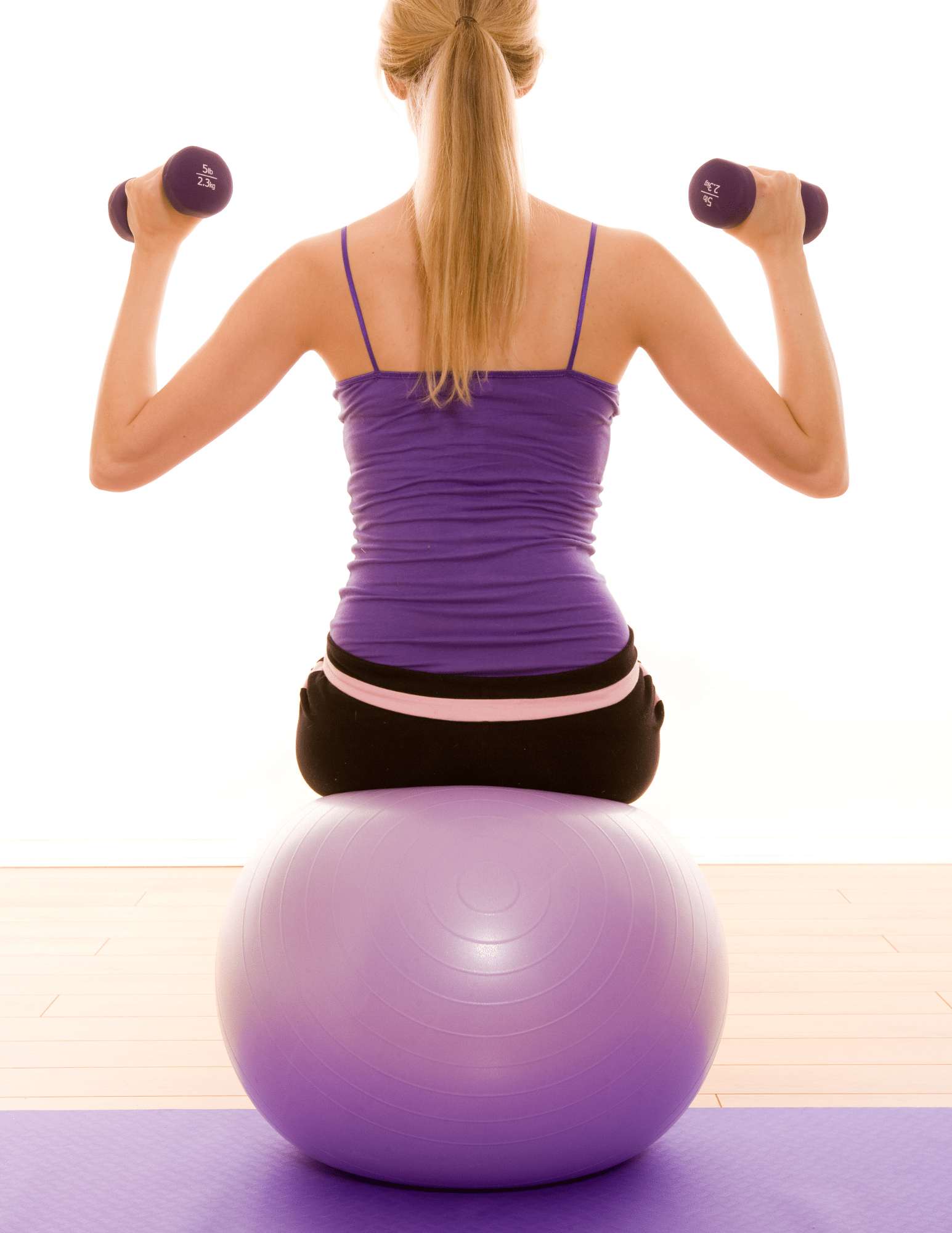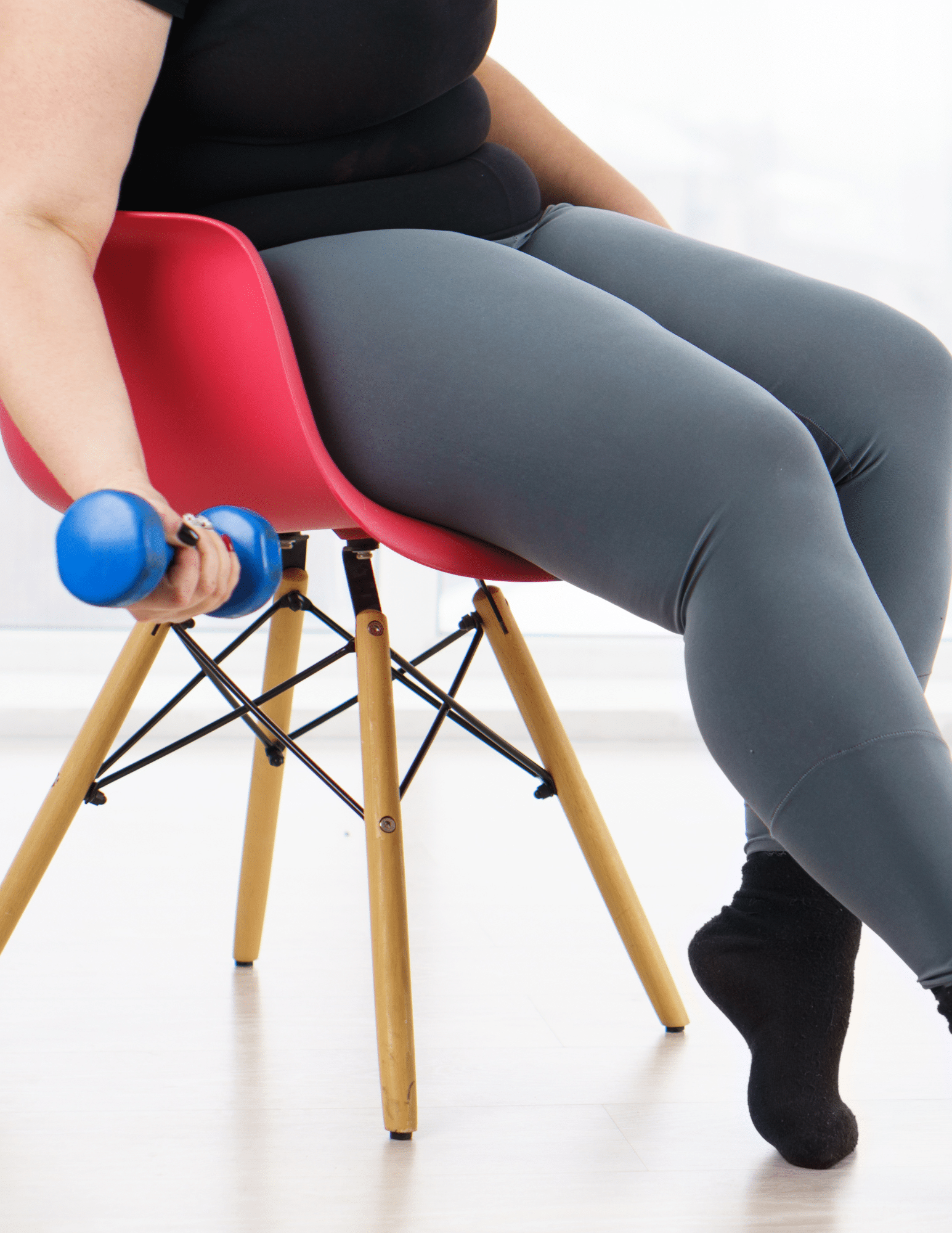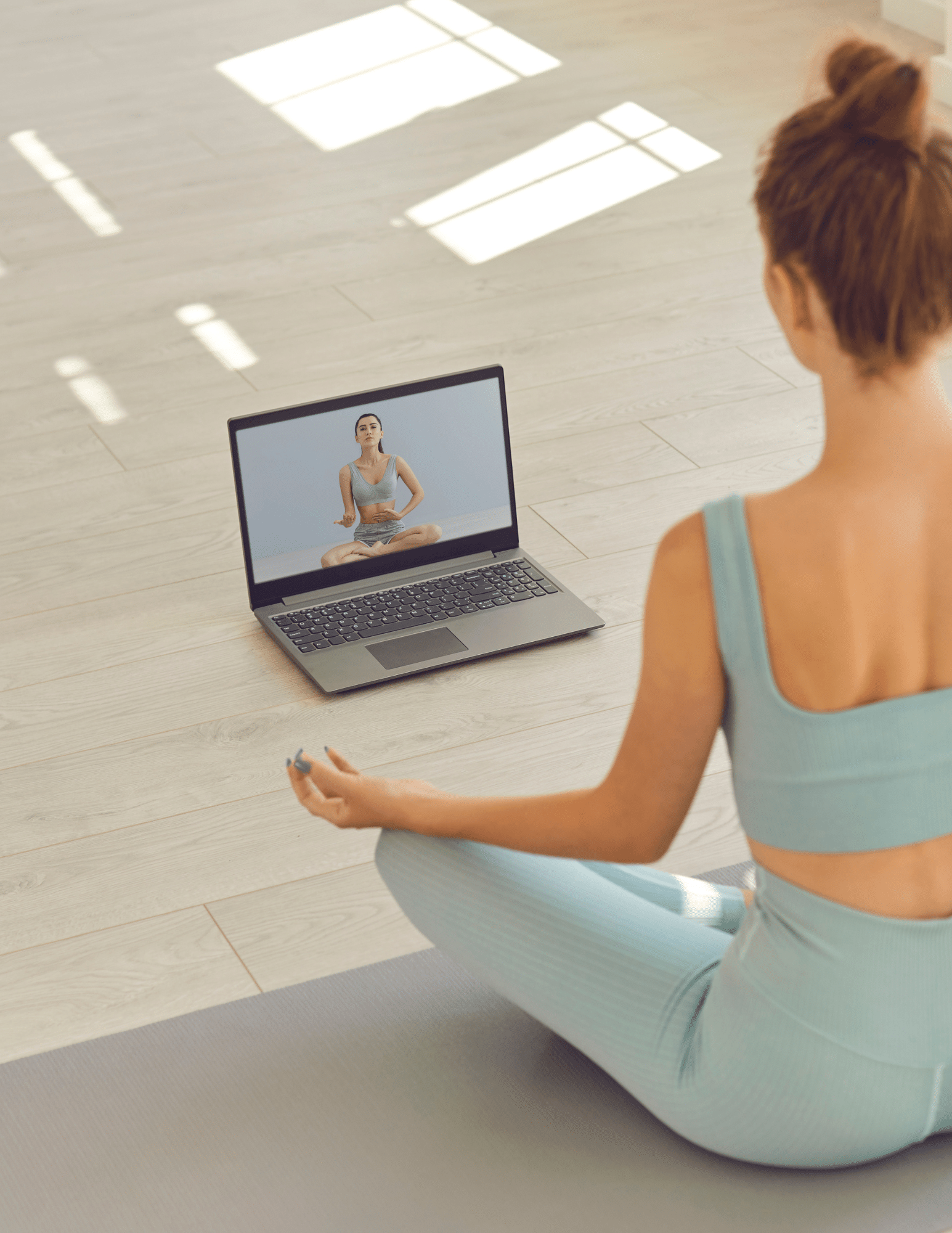How to Exercise While Sitting: A Guide for Those with Back Pain
Living with back pain can be a debilitating experience that affects your daily life, including your ability to exercise. Many people find it challenging to maintain an active lifestyle due to discomfort, which can lead to a cycle of inactivity and further exacerbate their back issues. However, understanding how to exercise while sitting can be a game-changer for individuals dealing with back pain.
Exercising while sitting not only helps alleviate some of the discomfort associated with back pain but also promotes overall well-being and physical health. This resource page will explore the importance of staying active despite back pain, how to exercise while sitting effectively, and specific exercises that can be beneficial.

The Importance of Exercise for Back Pain Management
When you’re dealing with back pain, the idea of exercising can seem daunting. It’s natural to feel hesitant about engaging in physical activity when every movement can lead to discomfort. However, remaining active is crucial for several reasons:
- Strengthening Muscles: Exercising while sitting can help strengthen the core, back, and leg muscles, which play a critical role in supporting your spine. Stronger muscles can alleviate strain on the back and reduce pain levels.
- Improving Flexibility: Regular exercise promotes flexibility in the muscles and joints, making it easier to perform daily activities without discomfort. Increased flexibility can also help prevent future injuries.
- Enhancing Circulation: Engaging in movement, even while seated, promotes blood circulation, which is essential for healing and recovery. Good circulation can help reduce inflammation and pain in the back.
- Boosting Mental Health: Physical activity releases endorphins, which can improve mood and decrease feelings of anxiety and depression. Staying active can be an important part of managing mental health alongside physical health.
- Maintaining Weight: Regular exercise can help manage weight, which is essential for reducing strain on the back. Excess weight can contribute to increased back pain, so finding ways to exercise while sitting can support weight management.


How to Exercise While Sitting: Key Considerations
Before diving into specific exercises, it’s important to recognize a few considerations that can help make your experience more comfortable and effective.
First, always consult with a healthcare professional or chiropractor before starting any new exercise regimen, especially if you have existing back pain or other health issues. They can provide tailored recommendations based on your condition.
Second, listen to your body. Pay attention to how each exercise feels, and stop if you experience any sharp pain or discomfort. The goal is to promote movement without exacerbating your back pain.
Finally, incorporate gentle movements and stretches into your routine. Focusing on low-impact exercises can help prevent strain while still allowing you to remain active.
Effective Exercises for How to Exercise While Sitting
Now that we’ve covered the importance of exercise and some key considerations, let’s explore specific exercises that you can do while sitting to help manage back pain.
- Seated Marches: Sit tall in your chair with your feet flat on the ground. Slowly lift one knee towards your chest, lowering it back down before repeating with the other leg. This exercise helps improve circulation and engages the core muscles without putting strain on the back.
- Shoulder Rolls: Begin by sitting upright with your arms relaxed at your sides. Roll your shoulders forward in a circular motion for five repetitions, then reverse the direction for another five. This movement helps relieve tension in the shoulders and upper back.
- Seated Torso Twist: Sit up straight with your feet flat on the ground. Slowly twist your torso to the right while holding onto the armrest or the back of the chair for support. Hold for a few seconds, then return to the center and repeat on the left side. This stretch can enhance spinal mobility and reduce stiffness.
- Ankle Circles: With your feet flat on the ground, lift one foot off the floor and rotate your ankle in a circular motion. Perform five circles in each direction before switching to the other foot. This exercise can help improve circulation in the legs and reduce tension.
- Desk Push-Ups: If you’re able to stand briefly, place your hands on the edge of your desk or chair and walk your feet back slightly. Perform push-ups by bending your elbows and lowering your chest towards the desk, then pushing back up. This exercise can help strengthen the upper body while relieving pressure on the lower back.
- Seated Leg Extensions: Sit tall in your chair and extend one leg straight out in front of you, holding for a few seconds before lowering it back down. Repeat with the other leg. This exercise helps strengthen the quadriceps and improve leg mobility.
- Neck Stretches: Gently tilt your head to one side, bringing your ear towards your shoulder, and hold for a few seconds before switching to the other side. This stretch can relieve tension in the neck and upper back, areas often affected by sitting for long periods.


Incorporating Movement into Your Daily Routine
In addition to specific exercises, there are many ways to incorporate movement into your daily routine, even while seated. Consider the following tips on how to exercise while sitting throughout your day:
- Set a Timer: Use a timer or reminder to take breaks every 30 to 60 minutes. Stand up, stretch, or perform some seated exercises during these breaks to keep your body active.
- Modify Your Workspace: If you work at a desk, consider using a chair with good lumbar support or adding a cushion for comfort. Adjusting your workspace can help promote better posture and reduce strain on your back.
- Incorporate Movement into Tasks: Look for opportunities to move while performing daily tasks. For instance, you can practice seated exercises while on phone calls or during meetings.
- Engage in Gentle Activities: Activities like seated yoga, tai chi, or even simple breathing exercises can help improve your flexibility and overall sense of well-being. These practices can be done in a chair and are excellent for those with back pain.
Final Thoughts On How to Excercise While Sitting
Living with back pain doesn’t mean you have to give up on exercise. Understanding how to exercise while sitting can help you stay active, improve your physical health, and manage pain effectively. By incorporating gentle exercises into your daily routine, you can strengthen your body, improve flexibility, and promote overall well-being—all while remaining seated.
Always consult with a healthcare professional to determine the best approach for your unique situation. Remember that every little bit of movement counts and can lead to a healthier, more active life despite the challenges of back pain. Embracing an active lifestyle, even while seated, can be a significant step toward reducing discomfort and improving your quality of life.
How to Exercise While Sitting FAQs
Can I really exercise while sitting if I have back pain?
- Yes, you can exercise while sitting even if you have back pain. Many people with back discomfort find that traditional exercises can exacerbate their condition. However, incorporating gentle movements and stretches while seated can help alleviate tension and strengthen the muscles supporting your spine. Exercises such as seated marches, shoulder rolls, and leg extensions can engage your core and improve circulation without putting excessive strain on your back. It’s essential to consult a healthcare professional before starting any new exercise routine, especially with existing pain. They can provide personalized recommendations based on your condition. Always listen to your body—if an exercise causes discomfort, stop immediately and modify the movement or seek alternative options. Staying active, even in a seated position, can contribute significantly to managing your back pain and improving your overall health.
What types of exercises are safe to do while sitting?
There are several safe and effective exercises you can do while sitting to help manage back pain. Gentle movements such as seated marches, ankle circles, and shoulder rolls are great options to start with. These exercises promote blood circulation and engage the core muscles, which can help support your spine. Seated leg extensions can strengthen your quadriceps without straining your back, while seated torso twists can enhance flexibility in your spine. It’s also beneficial to incorporate neck stretches to relieve tension in the upper back and shoulders. When performing these exercises, focus on slow, controlled movements to avoid any sudden jarring that could exacerbate pain. Always remember to maintain proper posture while sitting to reduce strain on your back. If you’re unsure about specific exercises, consider seeking guidance from a healthcare professional or a physical therapist who can tailor a program to meet your needs.
How often should I practice exercises while sitting to manage back pain?
To effectively manage back pain, it’s recommended to incorporate exercises while sitting into your daily routine regularly. Aim to perform these exercises at least 3 to 4 times a week. However, you can also integrate them more frequently throughout the day, especially during breaks from prolonged sitting. Setting a timer to remind yourself to take breaks every 30 to 60 minutes can be beneficial. During these breaks, engage in seated exercises or stretches to promote movement and alleviate tension in your back. The key is consistency; making these exercises a regular part of your day will help strengthen your muscles, improve flexibility, and enhance circulation, all of which contribute to better back health. Remember, even small increments of activity can add up over time, so don’t hesitate to incorporate movement whenever you can. Listen to your body and adjust the frequency and intensity based on your comfort levels.
Will exercising while sitting help with my overall fitness?
Exercising while sitting can indeed help improve your overall fitness, even if it may seem limited compared to more vigorous forms of exercise. While sitting exercises primarily focus on strength, flexibility, and mobility, they play a crucial role in maintaining an active lifestyle, especially for those with back pain or limited mobility. Engaging in seated exercises helps strengthen core and leg muscles, which are essential for supporting your spine and improving posture. Moreover, regular movement can boost circulation and enhance cardiovascular health over time. Even gentle seated workouts can aid in weight management by burning calories and promoting muscle tone. Furthermore, staying active can elevate your mood and reduce feelings of stress or anxiety. While seated exercises are an excellent starting point, consider gradually incorporating more dynamic activities as your strength and comfort level improve. Remember that every bit of movement contributes to your overall health and well-being.
